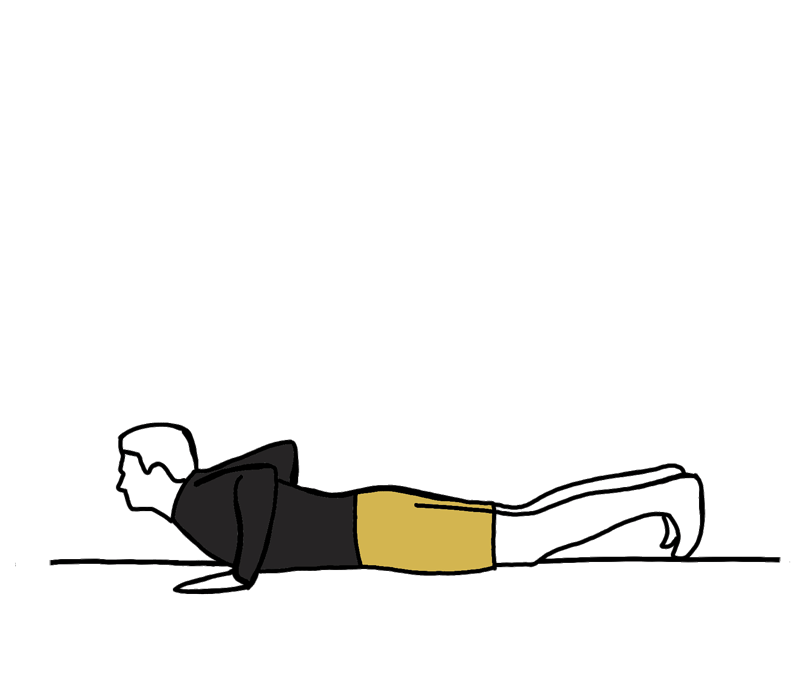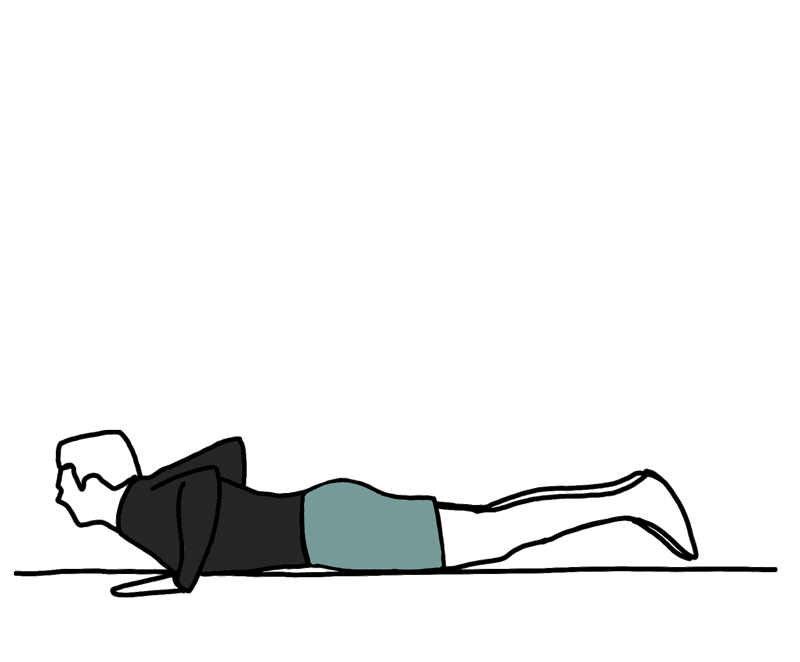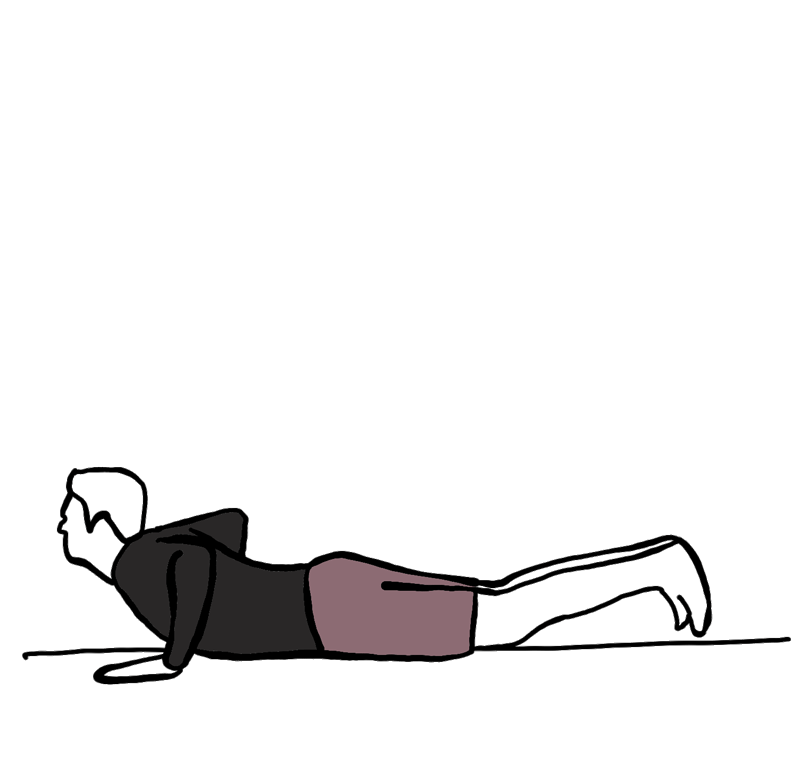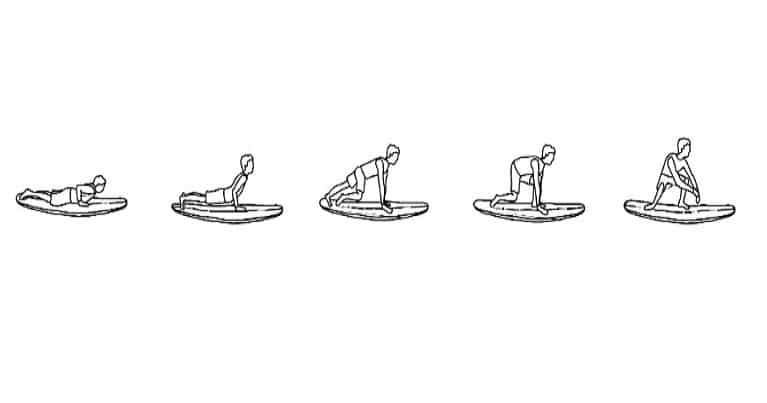How to do a successful takeoff in surfing
Step-by-Step Guide: How to Succeed in Your Surfing Takeoff
Mastering the takeoff is one of the most critical steps in surfing. It’s the moment where you transition from paddling to riding the wave, and getting it right can set the tone for the rest of your surf session. Here’s a detailed guide to help you succeed in your surfing takeoff, whether you’re a beginner or looking to refine your technique.
SEO Keywords: surfing takeoff guide, how to take off in surfing, surf takeoff technique, beginner surfing tips, mastering surf takeoff
1. Choosing the Right Wave
Before you even start paddling, selecting the right wave is crucial for a successful takeoff. Look for waves that are well-formed and suitable for your skill level.
- For Beginners: Opt for smaller, gentler waves that break more slowly. These waves are easier to catch and provide a smoother ride.
- For Intermediate and Advanced Surfers: You can go for steeper, faster-breaking waves that offer more power and challenge.
Tip: Observe the waves from the shore before entering the water. This will help you identify the best spot to catch a wave.
SEO Keywords: choosing surf waves, surf wave selection, best waves for beginners, wave reading surfing
2. Positioning Yourself on the Board
Proper positioning on the surfboard is essential for a successful takeoff. If you’re too far back or too far forward, it can throw off your balance and make it difficult to catch the wave.
- Lie on the Board: Position yourself so that your toes are just at the tail of the board. Your chest should be in the center of the board, and your head should be looking forward.
- Check Your Balance: Ensure that the nose of the board is slightly above the water. If it’s submerged, move back slightly; if it’s too high, move forward.
Tip: Practice lying on your board on dry land to get a feel for the correct position.
SEO Keywords: surfboard positioning, surfboard balance tips, how to lie on a surfboard, surfboard positioning guide
3. Paddling Technique
Effective paddling is key to gaining enough speed to catch the wave. Your paddling technique can make or break your takeoff.
- Start Paddling Early: As the wave approaches, start paddling with long, powerful strokes. The goal is to match the speed of the wave.
- Keep Your Head Up: Look over your shoulder at the wave while paddling. This helps you time your takeoff and maintain focus.
- Use Your Core: Engage your core muscles while paddling to maintain stability and power.
Tip: Avoid short, choppy paddles. Focus on smooth, strong strokes to build momentum.
SEO Keywords: surf paddling technique, how to paddle in surfing, surf paddling tips, improve paddling in surfing
4. Timing Your Takeoff
Timing is everything when it comes to the takeoff. You need to catch the wave at the right moment to ensure a smooth transition from paddling to standing.
- Feel the Lift: As the wave begins to lift the tail of your board, you’ll feel a surge of energy. This is the signal to start your takeoff.
- One More Paddle: Right as you feel the lift, take one or two more strong paddles to ensure you’re fully caught in the wave.
Tip: If you try to take off too early, you might miss the wave. If you take off too late, the wave could break on you. Practice makes perfect!
SEO Keywords: surf takeoff timing, when to take off surfing, timing surf waves, perfect surf takeoff
5. Popping Up on the Board
The pop-up is the most critical part of the takeoff. It’s the move that transitions you from lying on the board to standing and riding the wave.
- Push Up: Place your hands flat on the board, near your ribcage, and push your upper body off the board. Your back foot should slide into place near the tail of the board.
- Bring Your Front Foot Forward: In one fluid motion, bring your front foot forward between your hands. Your back foot should follow, landing on the board in a stance that feels comfortable and balanced.
- Stay Low: As you pop up, keep your knees bent and your weight centered. This helps you maintain balance and control as you start riding the wave.
Tip: Practice your pop-up on land until it becomes second nature. This will make it easier to execute in the water.
SEO Keywords: surf pop-up technique, how to pop up on a surfboard, beginner pop-up surfing, surf pop-up guide
6. Finding Your Stance
Once you’re up, finding the right stance is crucial for balance and control. A good stance will help you ride the wave with confidence and style.
- Foot Placement: Your feet should be about shoulder-width apart, with your toes pointing slightly forward. The back foot should be near the tail, and the front foot should be around the middle of the board.
- Bend Your Knees: Keep your knees bent and your body low to maintain balance. This position also allows you to react quickly to the wave’s movements.
- Look Ahead: Keep your eyes focused on where you want to go, not down at your feet. This helps you maintain balance and control.
Tip: Your stance might feel awkward at first, but with practice, it will become more comfortable and natural.
SEO Keywords: surf stance tips, how to stand on a surfboard, proper surfing stance, balance in surfing
7. Riding the Wave
Now that you’ve successfully popped up and found your stance, it’s time to ride the wave! Keep your weight centered, and use your arms for balance as you glide along the wave.
- Shift Your Weight: Use subtle weight shifts to turn the board and adjust your speed. Lean forward to go faster and backward to slow down.
- Stay Relaxed: The more relaxed you are, the easier it will be to flow with the wave. Don’t stiffen up; instead, stay loose and let the wave guide you.
Tip: Focus on enjoying the ride. The more you practice, the more intuitive and enjoyable surfing will become.
SEO Keywords: how to ride a surf wave, surfing wave riding tips, surf wave control, surfing for beginners
Conclusion
Succeeding in your surfing takeoff is all about practice, patience, and paying attention to the details. By following these steps—choosing the right wave, positioning yourself correctly, paddling effectively, timing your takeoff, popping up with confidence, finding your stance, and riding the wave—you’ll be well on your way to mastering this essential surfing skill. So grab your board, hit the waves, and enjoy the thrill of surfing!





